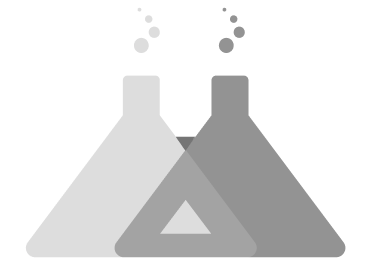Starbucks
Traceability
Have you heard of Starbucks Traceability? No? You’re not alone. TLDR, it’s a digital experience that starts with the scan of a QR code and ends with a great wealth of knowledge about the journey that bag of coffee made to arrive in your hands (or mug). For all of the inspiring details and information found on the site experience, however, Starbucks knew it could be improved and needed help knowing where to start.
Defining our audience
As part of the initial discovery phase, we started with establishing shared language on who our target audiences were and what motivates their purchase behavior.
OUTPUT = Survey methodology, Survey Monkey survey, quantitative insights
Defining our testers
We wanted to know how Traceability could impact behavior in-store and how accessible the information was in the site’s current state with assessments for customers and employees. This involved aligning with the clients on who we would talk to and what we’d be inquiring about.
OUTPUT: Conversation guide, definition of testing groups, UserZoom study w/18 60 min. 1:1 customer interviews





